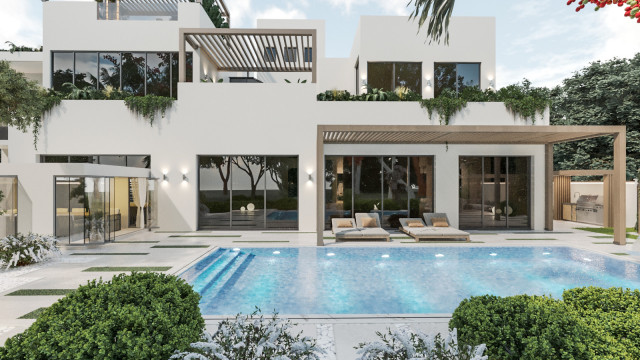WHICH LIGHTING OPTIONS SUIT YOU?
The lighting in your house might make it better or worse. When purchasing a new fixture, the Antonovich Group must make informed decisions since it is always preferable to pick the former, particularly considering how much lighting impacts mood and energy. By layering your lighting, you may create the appropriate ambiance by using a variety of sources at different intensities. Interior lighting may be used to brighten a room and make it appear larger, especially in homes. Use low-hanging pendant lights or recessed spotlights to provide the illusion of height for the greatest possible space savings. As important as keeping consistency with color schemes and themes in luxury interior design is maintaining consistency with luxury lighting design.
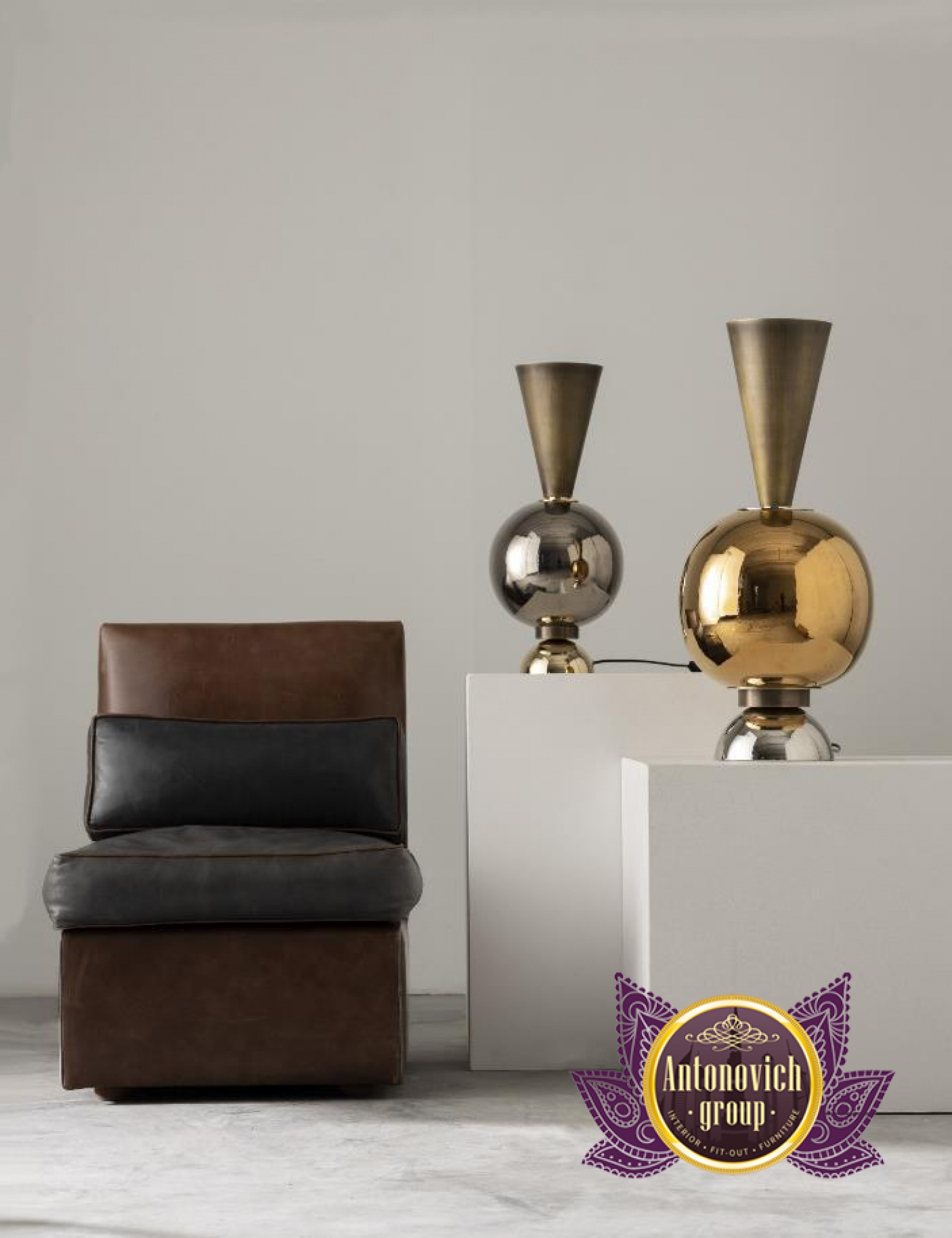
Visitors may become uncomfortable if there are too many different designs, color palettes, or layouts. Lighter hues may make a space appear bigger and airier, whereas statement lighting or vibrant accents will draw attention to a particular element or object. Maintain a sense of continuity no matter what mood you're trying to communicate. Yet, that doesn't mean you can't have courage! Despite the fact that technology has greatly facilitated our lives, some products can also increase energy costs and have a detrimental effect on the environment. Thankfully, most lighting today employs LED technology, which is more energy efficient and has a less carbon footprint.

When it comes to choosing your lights, LEDs are unquestionably the superior options because they provide far more advantages than traditional, incandescent luminaires. Installing dimmers allows you to rapidly control your lighting system. You may change the intensity of your lights at any time to change their brightness to suit your mood. For greater flexibility, each type of lighting in your design should be able to be controlled separately. This not only increases your interior design and lighting options, but it also produces a more long-lasting solution for both homes and businesses. Consider the height of the ceiling. The height of your ceiling must be taken into consideration while choosing hanging lighting fixtures.
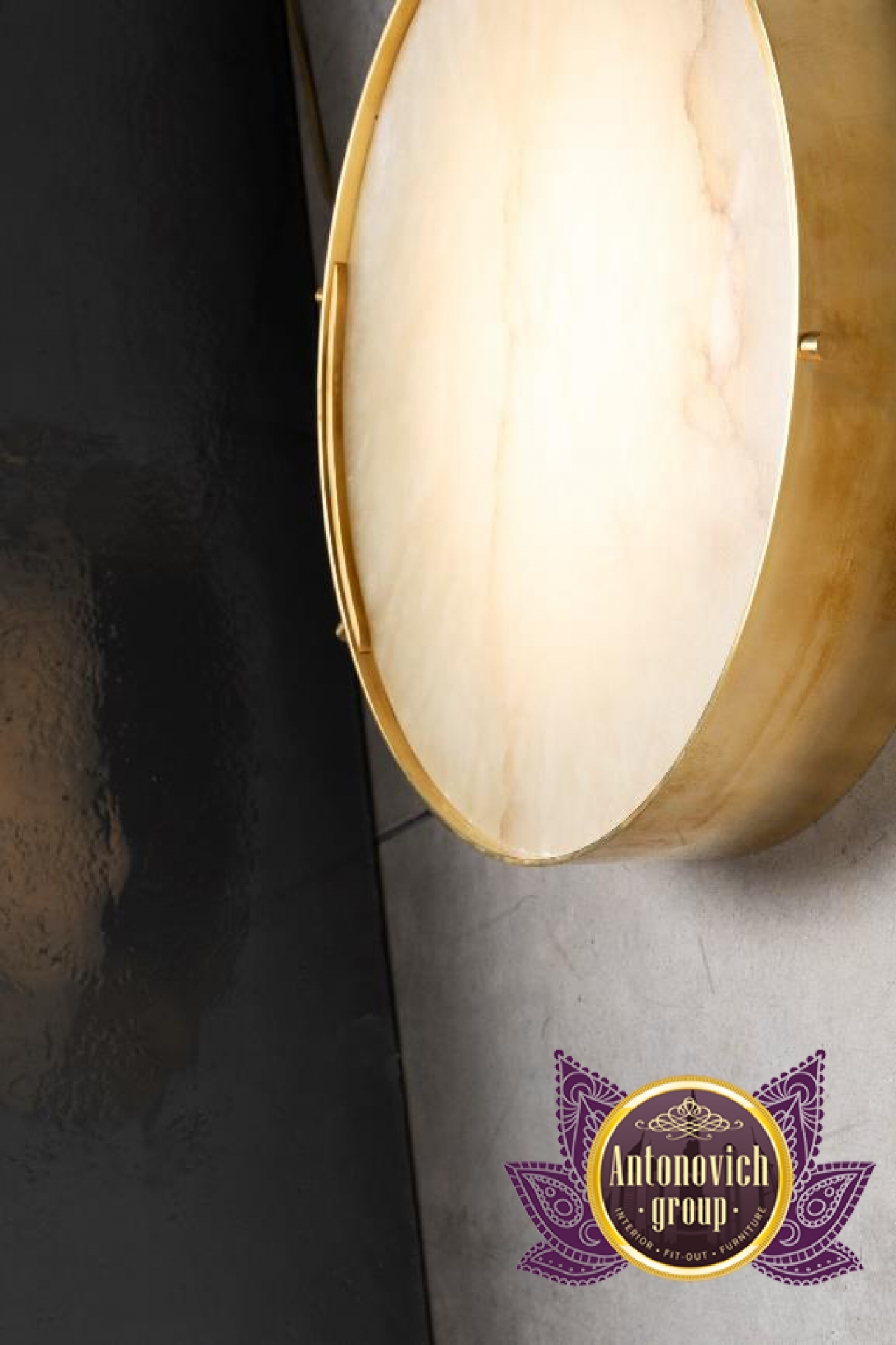
Some lights come with adjustable wires or rods, whereas others don't. Save yourself the inconvenience of having to use a light that is hung either too high or too low. The bottom of a lamp should dangle between 12 and 20 inches below a typical 8-foot ceiling. For every additional foot, increase the ceiling height by three inches. When hanging a lamp over a table or island, a recommended gap of between 28 and 34 inches should be left between the bottom of the lamp and the surface of the object. Yet, the size of the light is important. A greater light may frequently be lowered lower than a smaller light.
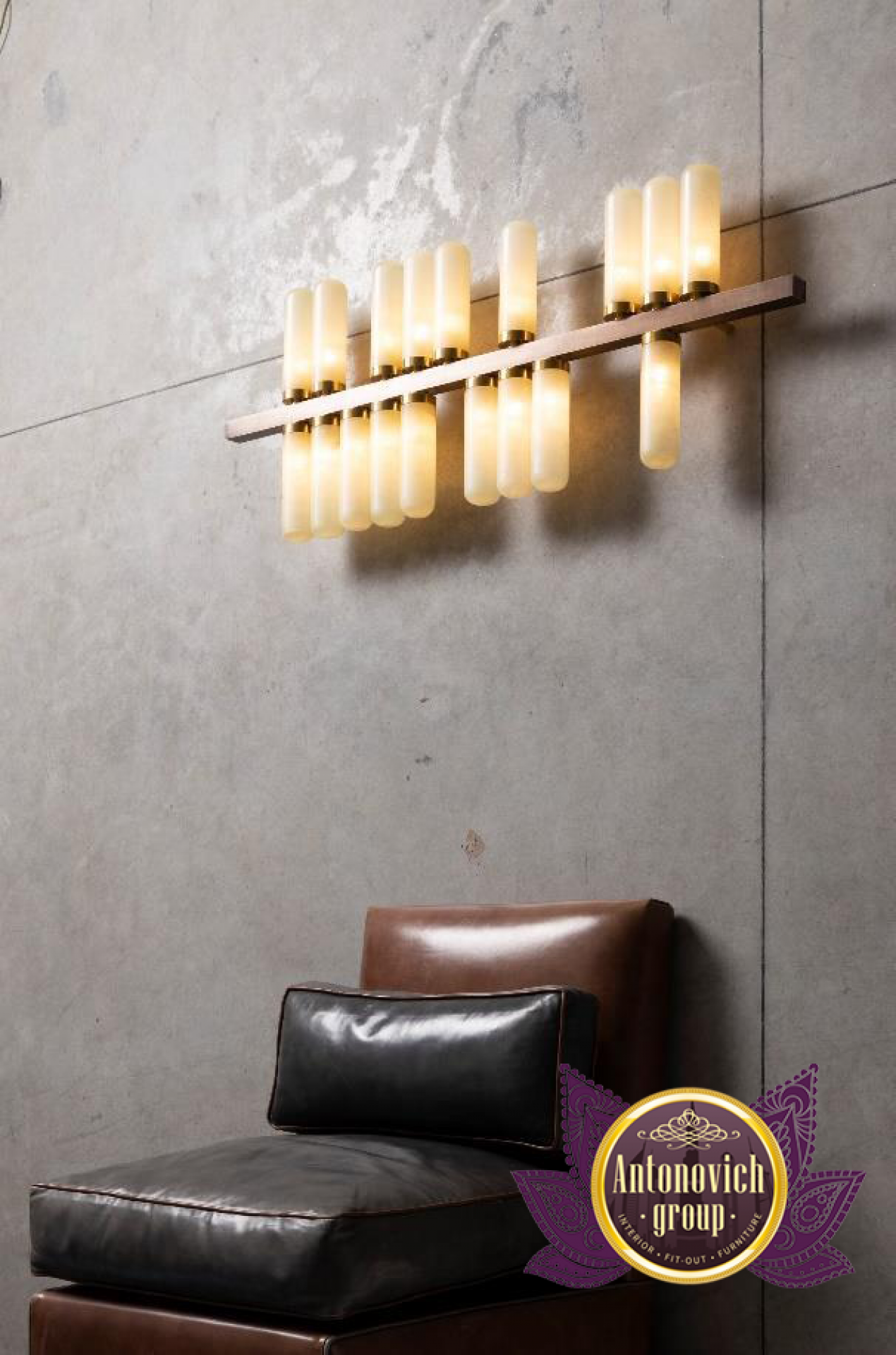
Prepare it. Consider your lighting preferences whether you are planning a new building or renovations. For instance, you should determine if you want one, two, or three pendant lights over your dining table before construction starts. Put your swag on. If you want to install new pendant lighting but don't want to deal with the expense or difficulty of changing your home's electrical system, cord swags can be a stylish option.
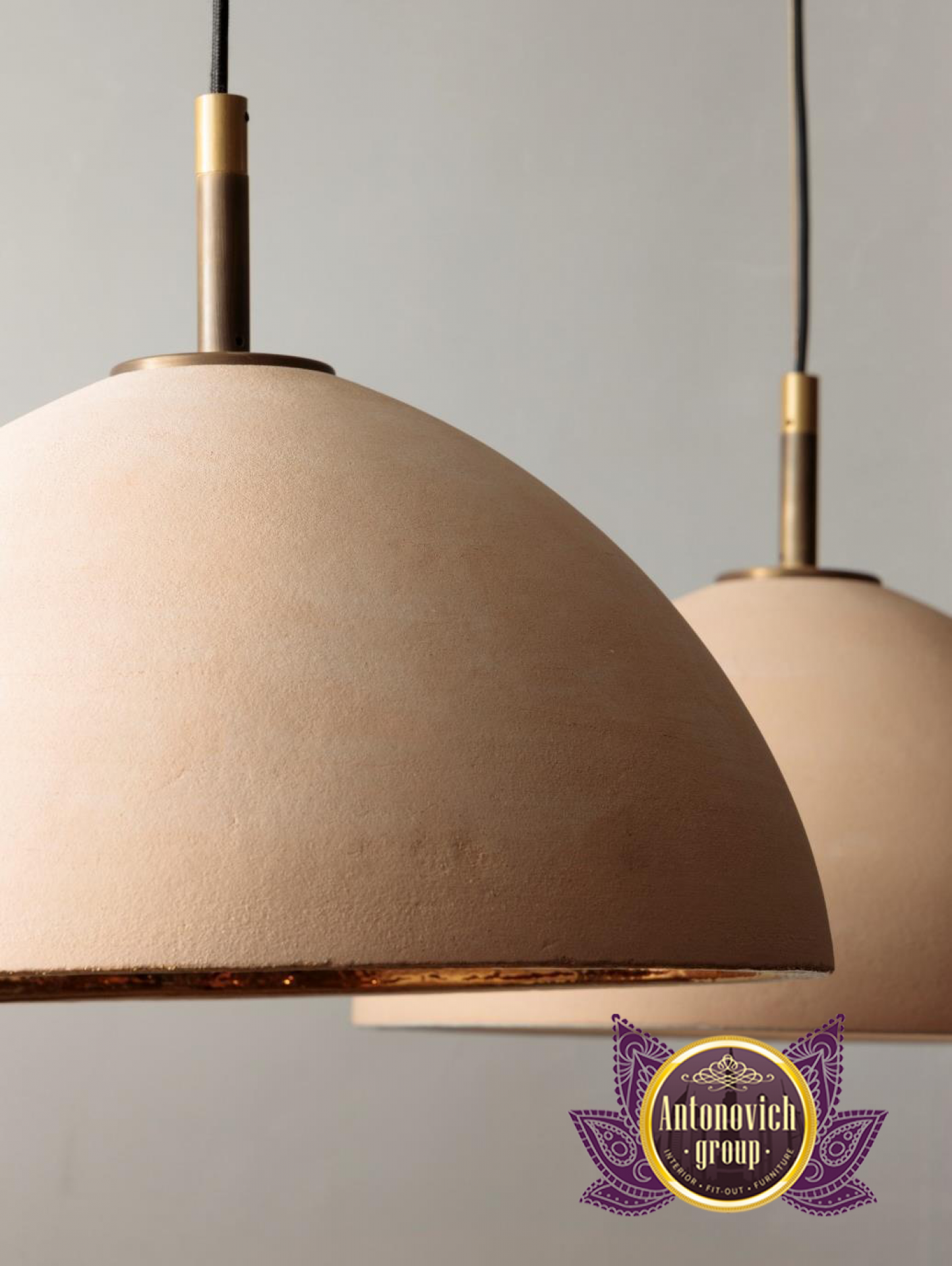
Bring it home. Use other types of illumination than downlights. Depending on the space, think about using wall sconces or uplighting to create a softer ambiance and avoid potentially harsh downlighting that might cast ominous shadows.











